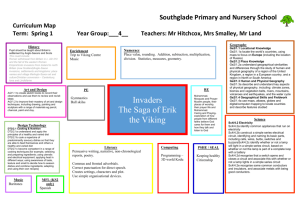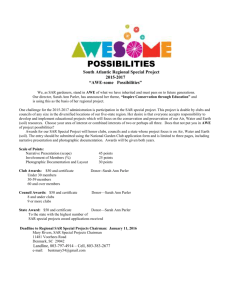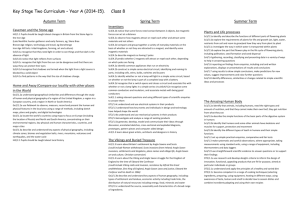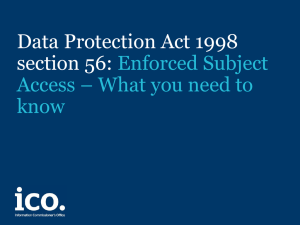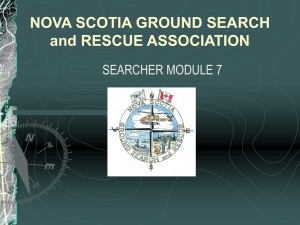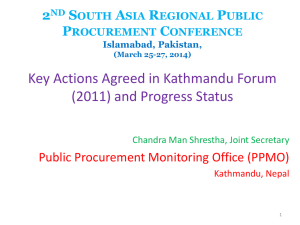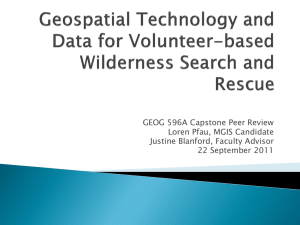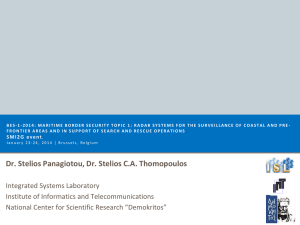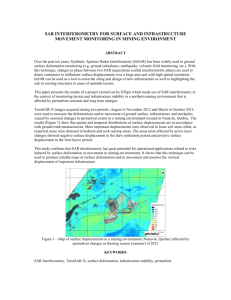ks 2 year B, class 8
advertisement
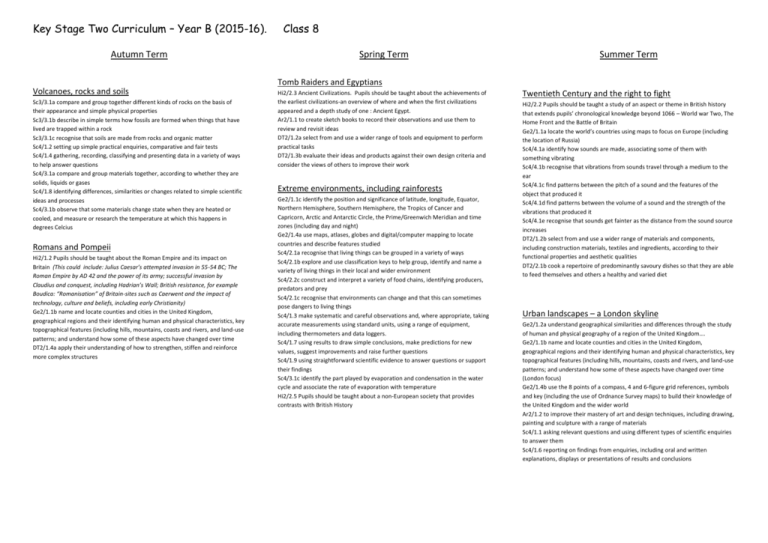
Key Stage Two Curriculum – Year B (2015-16). Autumn Term Volcanoes, rocks and soils Sc3/3.1a compare and group together different kinds of rocks on the basis of their appearance and simple physical properties Sc3/3.1b describe in simple terms how fossils are formed when things that have lived are trapped within a rock Sc3/3.1c recognise that soils are made from rocks and organic matter Sc4/1.2 setting up simple practical enquiries, comparative and fair tests Sc4/1.4 gathering, recording, classifying and presenting data in a variety of ways to help answer questions Sc4/3.1a compare and group materials together, according to whether they are solids, liquids or gases Sc4/1.8 identifying differences, similarities or changes related to simple scientific ideas and processes Sc4/3.1b observe that some materials change state when they are heated or cooled, and measure or research the temperature at which this happens in degrees Celcius Romans and Pompeii Hi2/1.2 Pupils should be taught about the Roman Empire and its impact on Britain (This could include: Julius Caesar’s attempted invasion in 55-54 BC; The Roman Empire by AD 42 and the power of its army; successful invasion by Claudius and conquest, including Hadrian’s Wall; British resistance, for example Boudica: “Romanisation” of Britain-sites such as Caerwent and the impact of technology, culture and beliefs, including early Christianity) Ge2/1.1b name and locate counties and cities in the United Kingdom, geographical regions and their identifying human and physical characteristics, key topographical features (including hills, mountains, coasts and rivers, and land-use patterns; and understand how some of these aspects have changed over time DT2/1.4a apply their understanding of how to strengthen, stiffen and reinforce more complex structures Class 8 Spring Term Summer Term Tomb Raiders and Egyptians Hi2/2.3 Ancient Civilizations. Pupils should be taught about the achievements of the earliest civilizations-an overview of where and when the first civilizations appeared and a depth study of one : Ancient Egypt. Ar2/1.1 to create sketch books to record their observations and use them to review and revisit ideas DT2/1.2a select from and use a wider range of tools and equipment to perform practical tasks DT2/1.3b evaluate their ideas and products against their own design criteria and consider the views of others to improve their work Extreme environments, including rainforests Ge2/1.1c identify the position and significance of latitude, longitude, Equator, Northern Hemisphere, Southern Hemisphere, the Tropics of Cancer and Capricorn, Arctic and Antarctic Circle, the Prime/Greenwich Meridian and time zones (including day and night) Ge2/1.4a use maps, atlases, globes and digital/computer mapping to locate countries and describe features studied Sc4/2.1a recognise that living things can be grouped in a variety of ways Sc4/2.1b explore and use classification keys to help group, identify and name a variety of living things in their local and wider environment Sc4/2.2c construct and interpret a variety of food chains, identifying producers, predators and prey Sc4/2.1c recognise that environments can change and that this can sometimes pose dangers to living things Sc4/1.3 make systematic and careful observations and, where appropriate, taking accurate measurements using standard units, using a range of equipment, including thermometers and data loggers. Sc4/1.7 using results to draw simple conclusions, make predictions for new values, suggest improvements and raise further questions Sc4/1.9 using straightforward scientific evidence to answer questions or support their findings Sc4/3.1c identify the part played by evaporation and condensation in the water cycle and associate the rate of evaporation with temperature Hi2/2.5 Pupils should be taught about a non-European society that provides contrasts with British History Twentieth Century and the right to fight Hi2/2.2 Pupils should be taught a study of an aspect or theme in British history that extends pupils’ chronological knowledge beyond 1066 – World war Two, The Home Front and the Battle of Britain Ge2/1.1a locate the world’s countries using maps to focus on Europe (including the location of Russia) Sc4/4.1a identify how sounds are made, associating some of them with something vibrating Sc4/4.1b recognise that vibrations from sounds travel through a medium to the ear Sc4/4.1c find patterns between the pitch of a sound and the features of the object that produced it Sc4/4.1d find patterns between the volume of a sound and the strength of the vibrations that produced it Sc4/4.1e recognise that sounds get fainter as the distance from the sound source increases DT2/1.2b select from and use a wider range of materials and components, including construction materials, textiles and ingredients, according to their functional properties and aesthetic qualities DT2/2.1b cook a repertoire of predominantly savoury dishes so that they are able to feed themselves and others a healthy and varied diet Urban landscapes – a London skyline Ge2/1.2a understand geographical similarities and differences through the study of human and physical geography of a region of the United Kingdom…. Ge2/1.1b name and locate counties and cities in the United Kingdom, geographical regions and their identifying human and physical characteristics, key topographical features (including hills, mountains, coasts and rivers, and land-use patterns; and understand how some of these aspects have changed over time (London focus) Ge2/1.4b use the 8 points of a compass, 4 and 6-figure grid references, symbols and key (including the use of Ordnance Survey maps) to build their knowledge of the United Kingdom and the wider world Ar2/1.2 to improve their mastery of art and design techniques, including drawing, painting and sculpture with a range of materials Sc4/1.1 asking relevant questions and using different types of scientific enquiries to answer them Sc4/1.6 reporting on findings from enquiries, including oral and written explanations, displays or presentations of results and conclusions Key Stage Two Curriculum – Year B (2015-16). Class 8

